Sometimes people get bored with life in big cities, crowded masses, traffic, noise and pollution and want to teleport themselves to completely different lands.
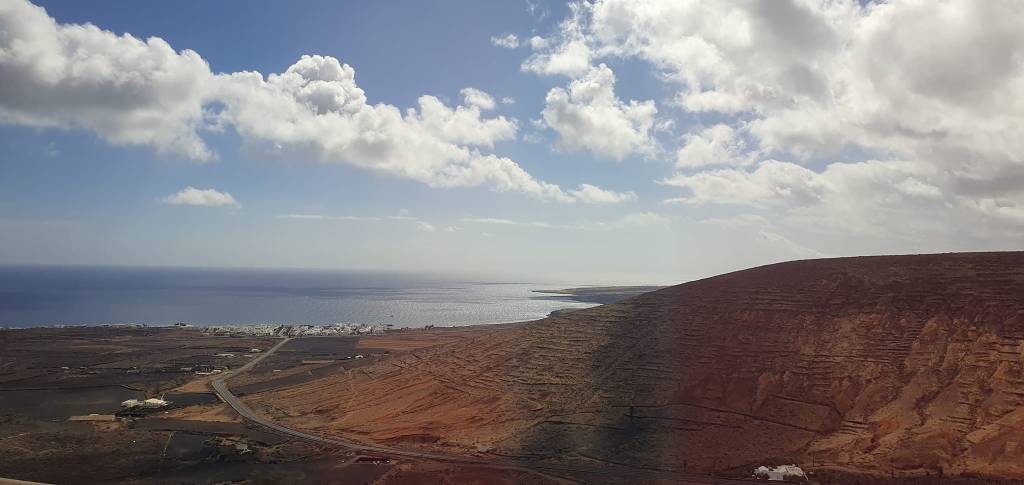
This week, I will take you to the middle of such a magnificent nowhere. A place where your eyes and soul will rest, where there are very few people. We are going to a very calm and quiet, magnificent location where you will watch nature and the sea as much as your eyes can see. This week we are heading to Lanzarote Island of the Canary Islands.
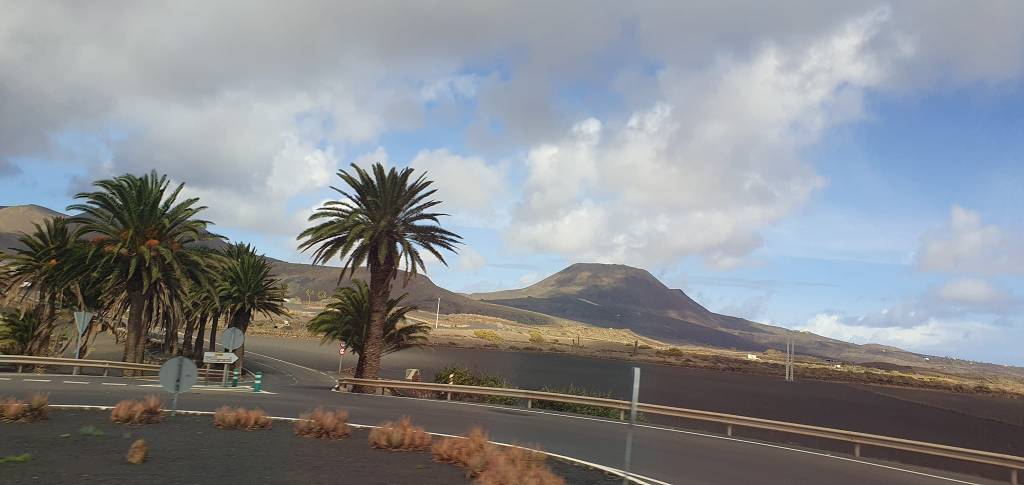
Lanzarote Island is a volcanic island located in the middle of the Atlantic Ocean, one thousand kilometers south of the Spanish peninsula and approximately one hundred and twenty kilometers west of the African continent. We come to Lanzarote from Tenerife Island by sea and disembark at Arrecife Port. Here we get into our vehicle to see the island. Even though it is autumn, the weather is very nice, slightly cloudy but ideal for walking.

The length of Lanzarote Island is sixty kilometers from north to south and its width is twenty-five kilometers from west to east. The island has two hundred and thirteen km of coastline. Ten kilometers of this coastline consists of sand, sixteen kilometers of beach and the remaining part of rocks. As local people, the Guanches lived on the island. It is believed that the first tribes to arrive on the island with the beginning of maritime trade were the Phoenicians. Later, the island is discovered by the Romans.
After the collapse of the Roman Empire, Arabs settled on the island in the 1000s. In 1336, Lancelotto Malocello, a Genoese sailor, came to the island. The island takes its current name from this sailor. In the 14th century, many enslavement expeditions were organized from Spain to Lanzarote Island, and most of the local Guanches living here were sold in Spain’s slave markets. Between 1730 and 1736, Lanzarote Island experienced very intense volcanic activity and thirty-two new volcanoes were formed in an eighteen-kilometer route. In those years, some of the people had to migrate to Cuba Island and the American continent because the island was covered with lava.
The last serious volcanic eruption occurred in 1824. These volcanic eruptions, which took place in the 18th and 19th centuries, gave the island its current shape and appearance. In 1927, Lanzarote becomes a member of the Canary Islands. We set off from Arrecife with our vehicle and head towards the deserted hills of the island. Lanzarote actually looks like a different planet. It’s like we came to the moon. Volcanic rocks and soils gave the island a greige color. There is very little greenery. The island consists of volcanic slopes, volcanic crater lakes and bays meeting the magnificent dark blue waters of the Atlantic Ocean. The fauna and flora of the island are different.

There are approximately five hundred species of plants in Lanzarote, seventeen of which are endemic plants. Succulents, local palm trees, wild olive trees, vines, local pine trees and laurel trees appear before us. The island experiences its most colorful period in terms of nature in February and March, after the rainy winter season. One hundred and eighty types of mushrooms grow in the region. These mushrooms generally grow among the rocks of the volcano. Among the island animals, the reptiles, hawks, local vultures and tiny blind white crabs are very famous.

While describing Lanzarote Island, I would definitely like to mention the artist Cesar Manrique, who is identified with the island. Cesar Manrique was born on Lanzarote Island in 1919, is a world-famous Spanish artist, sculptor and nature activist, and an artist who shaped Lanzarote Island with his modern art. In the 1960s, he carried out a series of artistic landscape projects that were new for that period and tried to add artistic value to Lanzarote Island. With these original works, he gives the island a special identity and image and tries to reveal and emphasize the natural beauty of the island.
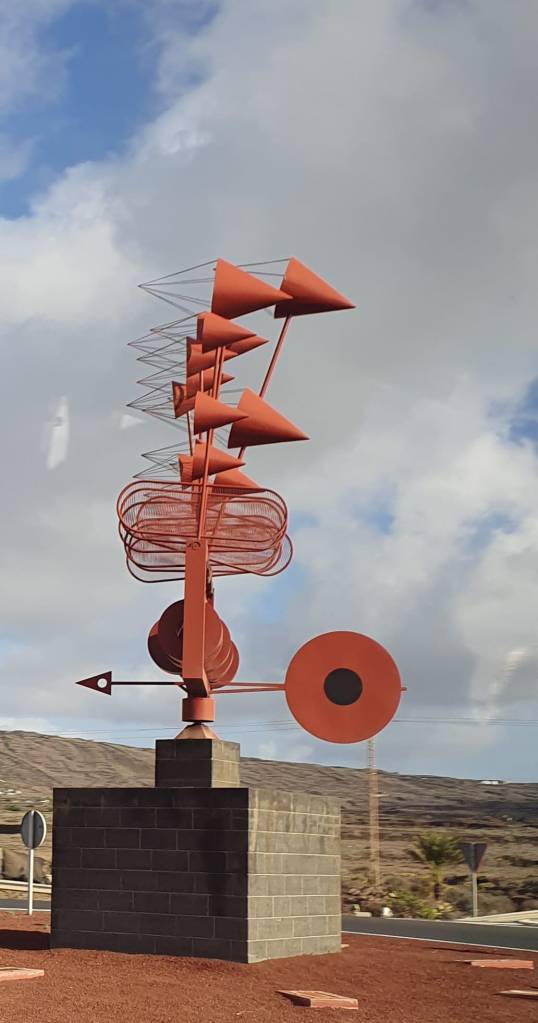
The first work we actually see on our way is the orange wind rose, an artwork by Cesar Manrique. It shines brightly with its beautiful color in the midst of greyness.
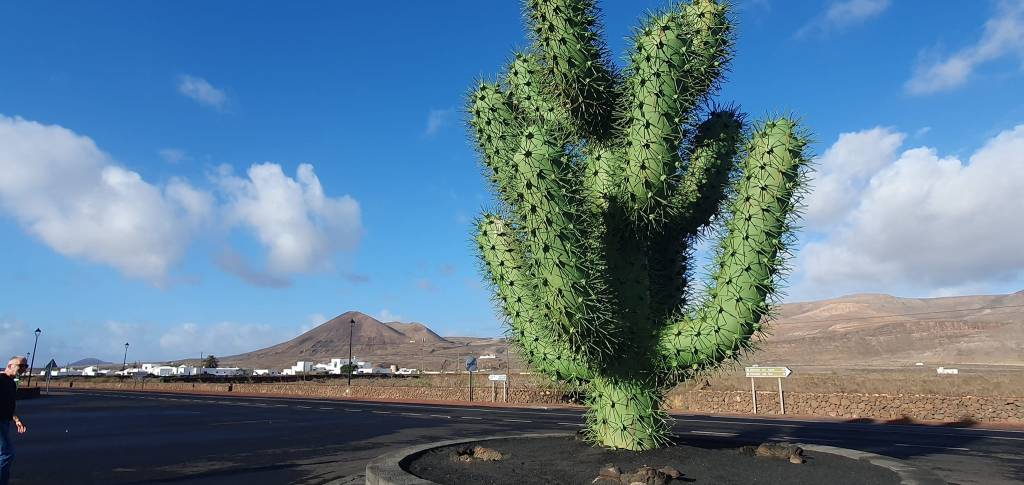
Continuing from here, we go to the ‘Cactus Garden’ of Manrique, a little ahead. The garden, locally known as ‘Jardin de Cactus’, dates back to 1991 and is Manrique’s last project. In front of the museum, there is a giant green steel cactus belonging to the artist.

Today, there are 450 types and 4500 cactus plants in this garden. Next to the garden, a mill from the seventeenth century adorns the surroundings.
We board our vehicle again from the cactus garden and this time we go to the island’s famous Jameos del Agua Cave.

This place is located by the sea and is referred to as part of the Atlantis Tunnel. The Atlantis Tunnel is an approximately seven km long volcanic tunnel located on Lanzarote Island, and 1.5 km of this tunnel passes under the sea.

It is said that such volcanic tunnel formations are quite rare in the world. We descend into the cave through wonderful local plants. The famous tiny white and blind crabs live in the waters of this cave and shine white in the water. There is also a restaurant and bar inside Jameos del Agua and sometimes concerts are held here.

Our soul literally breathes here. The seemingly barren but actually very fertile lands of the island, the colors of nature, the images of green local plants and the blue of the sea in the bays combine in an incredibly beautiful harmony. There is nothing to strain the eyes. We absorb a very different face of mother nature in the nothingness.

At the exit of the cave , we go to an incredibly beutiful garden with a pool designed by Cesar Manrique.
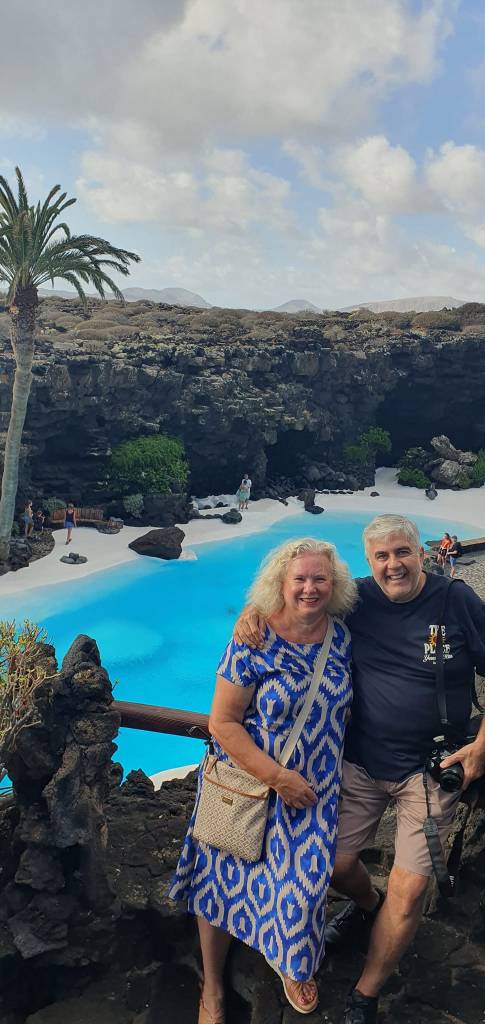
It really is like a very impressive graden of paradise. It is a white poll with deep blue water carved into the black volcanic rocks and surrounded by wonderful palms, catci and local plants.
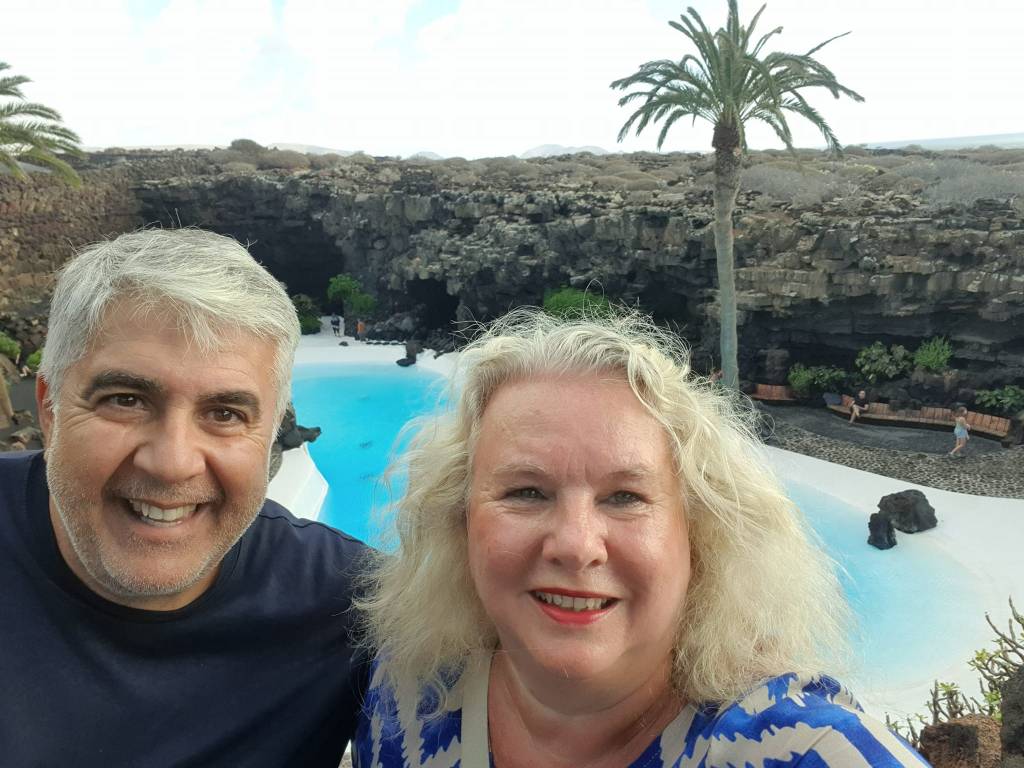
The fragrant smell of the Atlantic hits our nose with the wind.

This is a truly special destination in every sense. A little further from Jameos del Agua is the Cueva de los Verdes , that is , the Green Cave , which is the continuation of the Atlantis Tunnel.
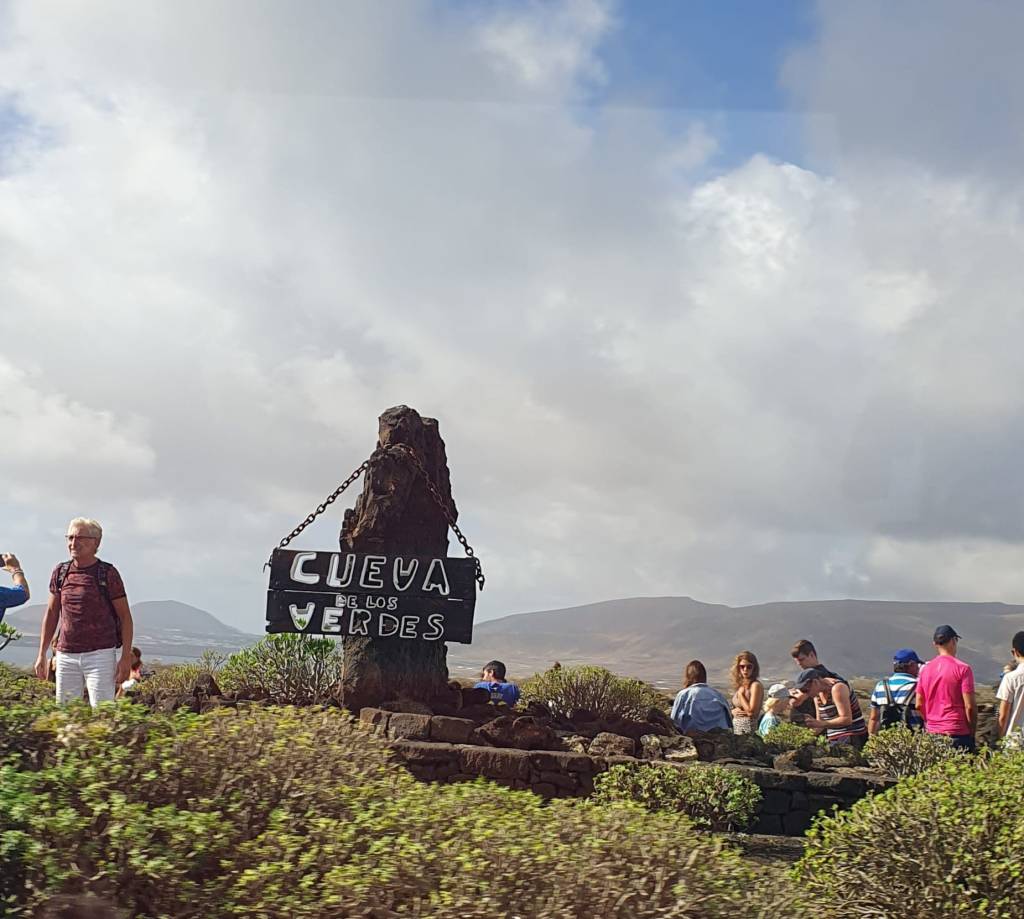
We get into our vehicle and continue our exploration. This time our route is Mirador del Rio , located in the north of the island.



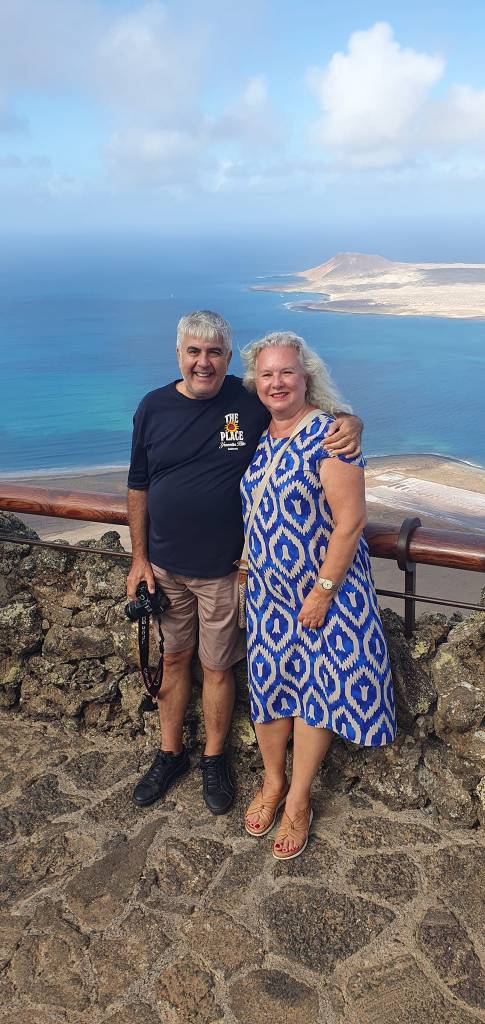
Continuing the road, you go to Timanfaya National Park. Here you have the opportunity to watch beautiful hiking trails and volcanic formations.
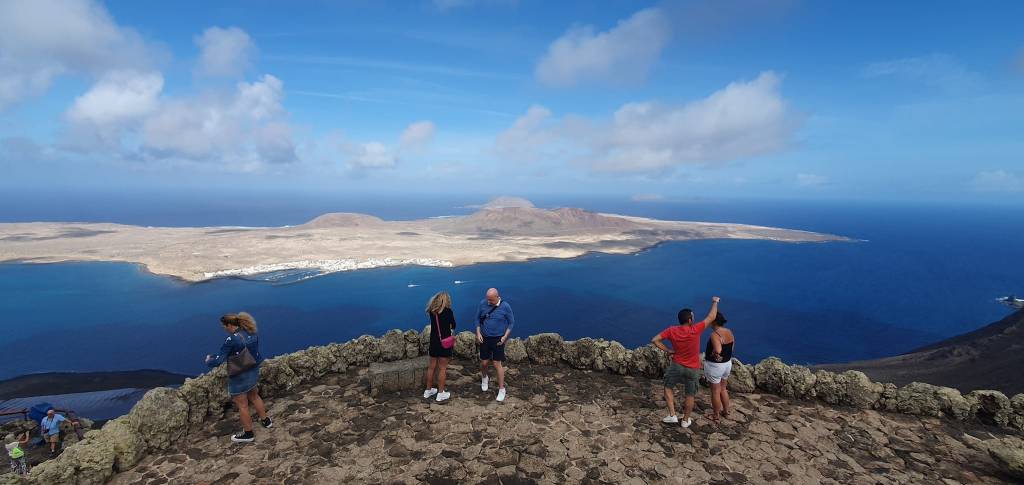
If you come during the summer months, it is of course great to go to the beaches on the island such as Playa del Reducto, Playa Blanca, Playa de Papagayo. In the beach area called Charco de los Clicos or Charco Verde, there is a magnificent green crater lake.

I definitely recommend you to see this special geological formation located on the seashore. You should definitely visit the tiny but very cute coastal towns of the island, such as Punta Mujeres, Teguise and El Golfo, with their natural rocky pools.

Life flows very naturally and very slowly here.
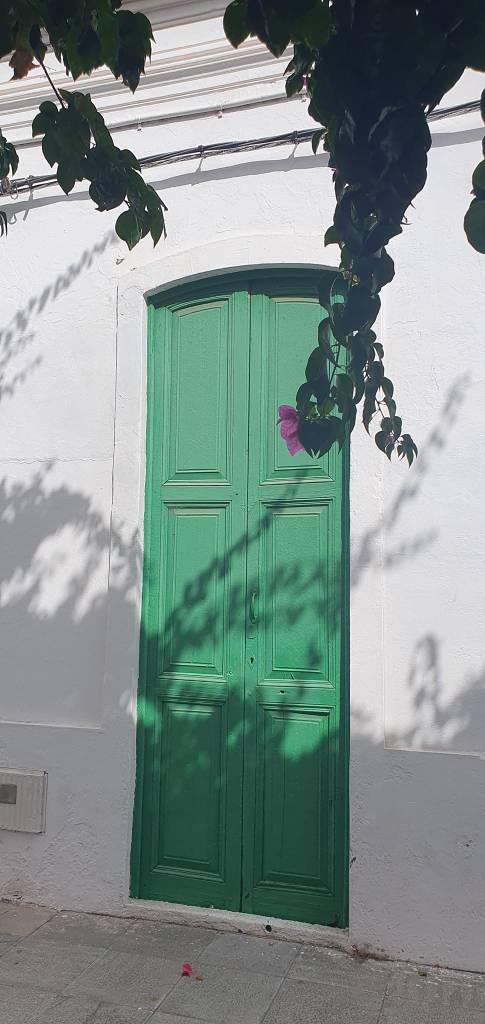
On our way back to Arrecife, we stop by some small villages, visit their tiny shops, and see the small church and town hall in the village square. The garden designs of the houses are wonderful.

In some, bougainvilleas hang from white garden walls.

On the way, we see vineyards, olive trees and a variety of cactus plants placed on volcanic soil agricultural terraces. The island really has a very unique structure in every sense. Today, Lanzarote Island has been considered a UNESCO Biosphere Reserve with its extraordinary volcanic formation and natural structure since 1993.
If you go to Lanzarote Island one day, you should definitely see all these beauties, experience this special geography of the island, eat chicken cooked on volcanic basalt stone, visit the works of Cesar Manrique and the Museum of Modern Art, visit the markets of the villages, and snorkel in these sparkling waters of the Atlantic. and I hope you enjoy a wonderful coffee in cute towns. These experiences will take away all your tiredness and take your soul to completely different places. I think you will love this island, which is very different from what we are used to and looks like a different planet.


Tank you very mouch for information and nice pictures… 🙏
LikeLike